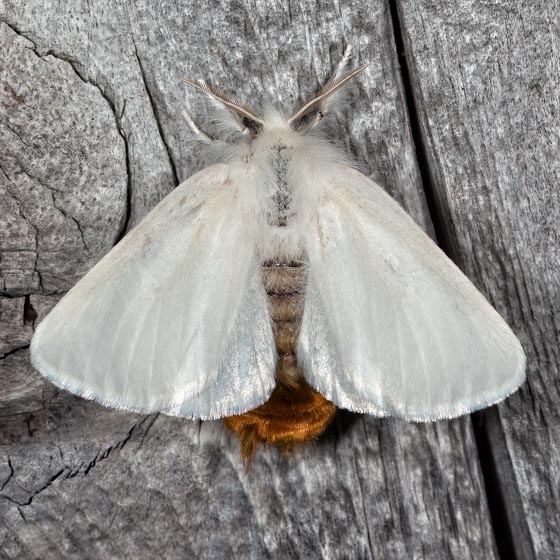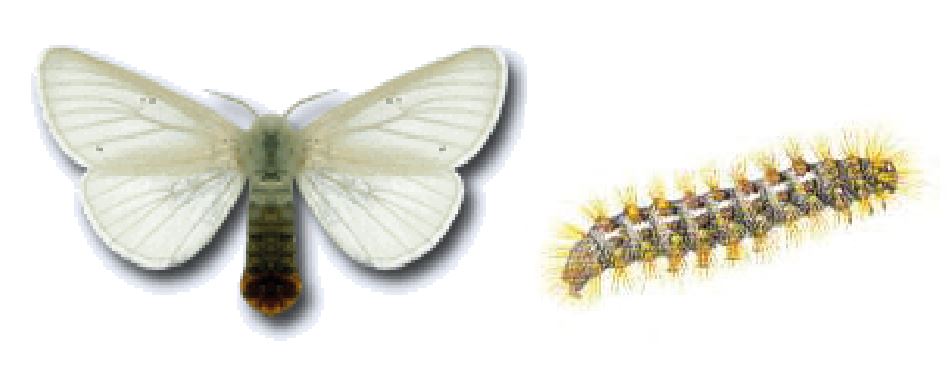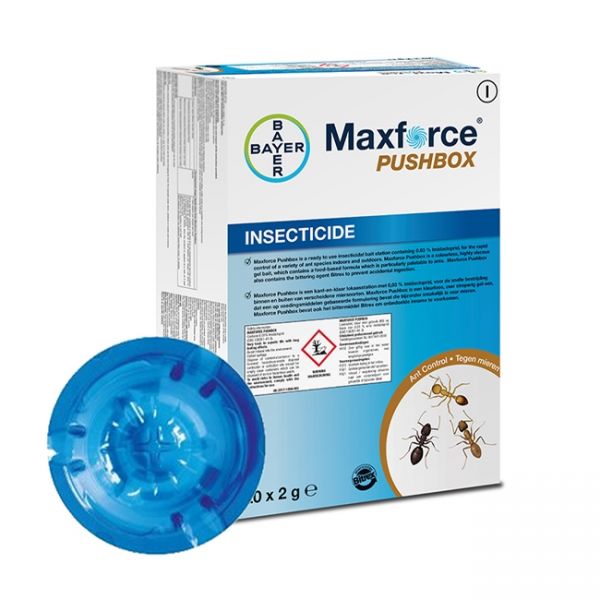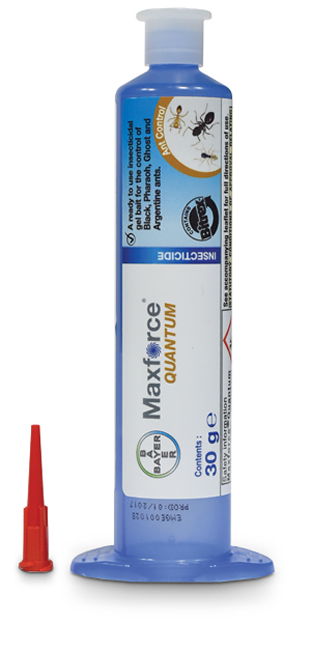Training 1 Day Rodent Course Warrington
Brown-tail Moth (Euproctis chrysorrhoea)
 |
 |
Identification:
Mature larvae (caterpillars) are around 25 mm in length, dark brown to black in colour with white lateral stripes, tufts of ginger brown hairs and two orange spots near the tail. The adult moth has a wingspan of approximately 32 -38 mm, has pure white wings and a brown tail.
Biology:
Mid July: Moths mate, females lay eggs covered in small brown hairs on the underside of leaves and bushes. These bushes most commonly are of the Hawthorn, Blackthorn or related fruit bush variety, although it can include a wide variety of other trees.
Late Summer: August - September eggs hatch and feed on foliage, turning the leaves a brown 'scorched' colour.
Winter: Caterpillars weave a web like structure in the bush or tree which they use to hibernate.
Late Spring: Caterpillars emerge from their hibernation to feed on the surrounding foliage.
Late June: Caterpillars pupate.
Mid July: Adult moths emerge and mate.
Control:
Winter (November - March): During the winter the caterpillars can be destroyed whilst they are in hibernation in their webs. These webs can be completely cut out of trees and bushes, eliminating between 300-400 caterpillars per web and burnt in a responsible manner.
Summer (May - September): Another way of getting rid of these moths is to spray the bushes and trees affected by the caterpillars, again, eliminating the moth at the caterpillar stage. Use a suitably labelled horticultural or agricultural product labelled for problem caterpillars to spray the leaves of infested plants.
Always wear gloves and goggles & respirator and protective clothing that will cover all exposed areas of skin if you do carry out treatment or cutting out tents.
**Products to control Brown-tail Moth:
|
Imidasect Ant Gel (35g tube) |
Maxforce Pushbox (20 x 2g) |
Maxforce Quantum Gel (30g tube) |



